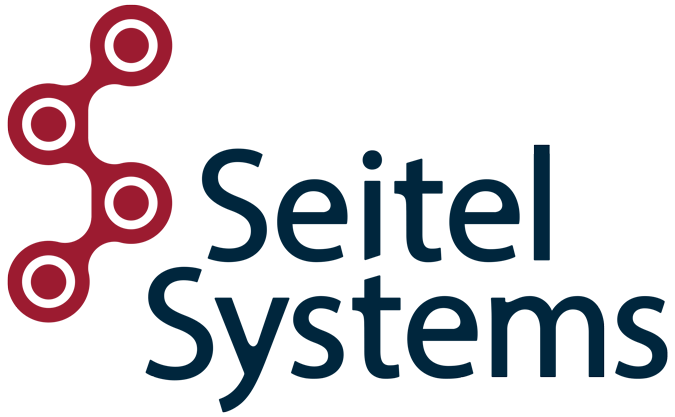“You must love it when this stuff breaks.”
We are fortunate here at Seitel Systems to have great clients, great employees, and a business model intended to meet the best interests for everyone. I think that’s a key factor in our consistent growth at a steady, manageable pace. Just last year we spent some time reflecting on how we got here, and as part of that we took the time to write down the values that have guided us along the way.
One of those values is Fairness, and while perhaps less catchy than Google’s Do No Evil, we look to that value both for guiding our internal team leadership and our external support of our clients. Embedded in this value is the concept of doing the right thing for our clients, and that in turn reflects our belief that doing the right thing results in satisfied clients and a successful long-term engagement.
Several years ago we realized that our mix of IT support services was out of balance. Too often our clients were spending their IT budgets reacting to medium and large-sized IT issues, and too often this included the frustration and added expense of dealing with something after it broke.
I recall a specific conversation with a client who said, “You must love it when this stuff breaks, look at all the work it generates for you.” At the time my response was perhaps too candid when I explained that no, actually, we hate it when this stuff breaks. When you, or any of our clients, press the proverbial red button we move heaven and earth to get you back online, and that generally involves pulling engineers from other, less-critical client appointments to help bring your systems back up. So at the end of the day, we have you upset that you spent a lot of money to get back to where you were, and a second client frustrated that their scheduled work was interrupted for someone else’s emergency.
That conversation contributed to us drastically reshaping our service model in hopes of being fairer to our clients. Gone were the days of ad-hoc systems maintenance and responding to service calls, and instead we re-balanced our service model to incorporate both the reactive it broke services alongside a heavy emphasis on the proactive how might we keep this from breaking in the first place services.
Tripod IT Support
The outcome of this service model overhaul laid down the framework for what we call our Tripod Model of IT support services. This model balances the proactive aspects of IT (correcting systemic problems, upgrading equipment in a timely manner, etc.) with responsive support to IT incidents that impact your day-to-day operations. As you’ll see in the diagrams below, the balance between these two aspects of a healthy IT Support program can be visualized as a color spectrum. A typical blend for each of our three Tripod services is shown here. Your mileage may vary, of course, but this is a representative idea:
Scheduled Support

| 50% Proactive = system updates, health checks, and small projects |
50% Responsive = troubleshooting and addressing incidents that are not time-critical |
SRP Server

| 90% Proactive = automated monthly reporting with twice/year engineer reviewed report of systems, remote monitoring, automated security patching | 10% Responsive = Service Desk triage of system alerts |
SRP Workstation

| 25% Proactive = automated monthly reporting of workstation systems, automated patching and other system housekeeping tasks | 75% Responsive = unlimited Service Desk access for end-user issues (tier 1/workstation) |
You can see that by combining all three legs of the IT Support Tripod, you receive a more comprehensive balance between proactive and responsive services. Regardless of how proactive you are toward your IT systems, it’s still important to address issues that come up along the way, so our Service Desk is the one phone number you need to reach us when urgent issues still crop up. We call that all-encompassing umbrella Incident Support and it’s available to all our clients for Tier 1-3 needs: workstation, server, and network infrastructure. And of course, it’s important to hold a long-term perspective and plan for IT projects that keep gear from getting old and causing more problems. Our IT Leadership services help those clients that need guidance with prioritizing projects and budget planning.
Our current approach emphasizes fixing little problems before they become big ones – and investing in IT infrastructure to keep if from having problems in the first place. This results in a more efficient IT budget for our clients. That efficiency may translate into a client spending less on our services in the short-term, but we think that our commitment to Fairness is what helps create durable client relationships that allow us all to be successful together.
Learn more about our IT Support services here.

